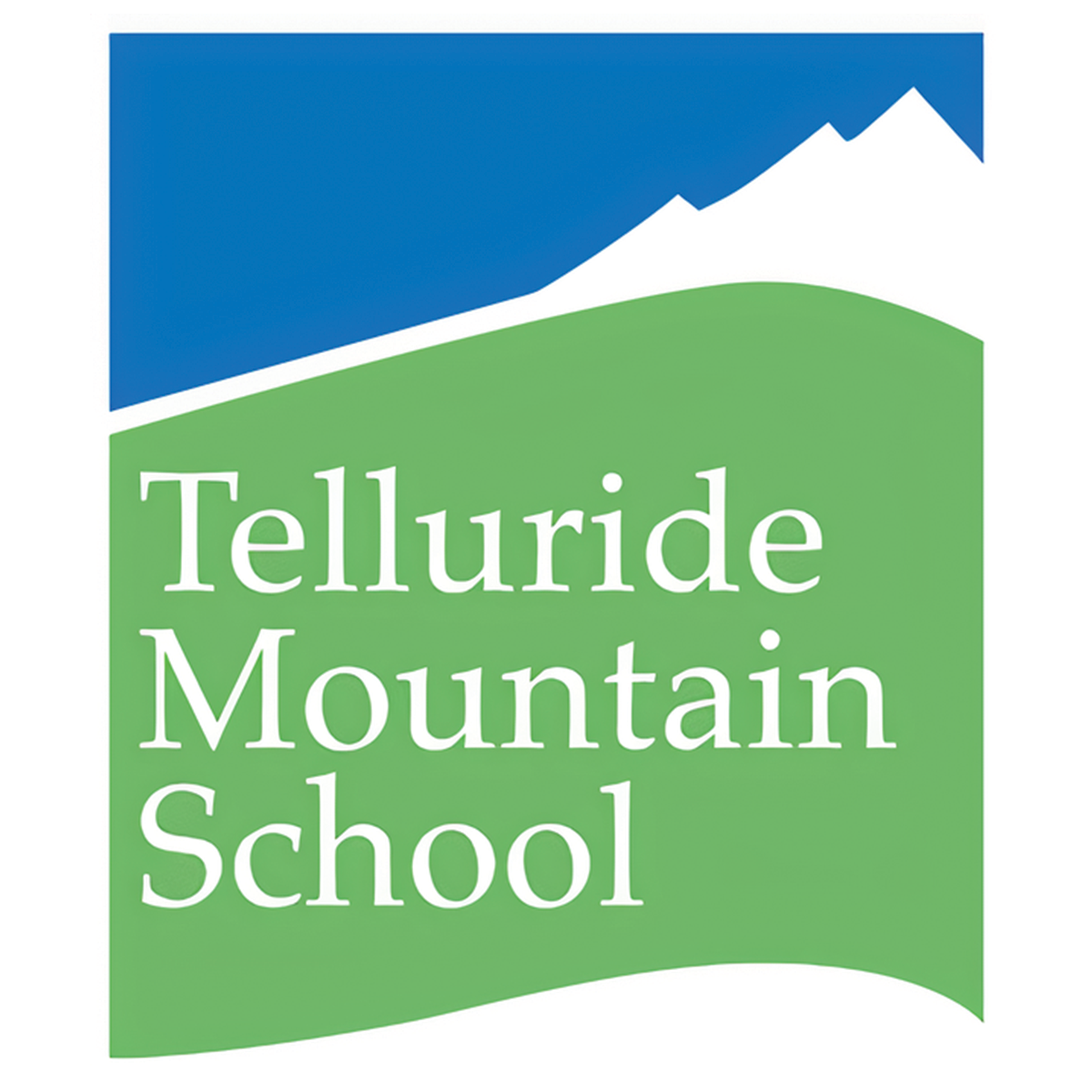This spring, the fifth and sixth-graders embarked on an epic road trip throughout the four corners region of the Southwest. Students explored the ancestral roots of the land we inhabit today by visiting the surrounding sacred tribal lands of the ancestral Puebloans, Navajo, Hopi, and Ute. Over 600 miles and 12 hours of driving brought the budding archaeologists to Chaco Canyon in New Mexico, the capital of the Navajo Nation; Window Rock, Canyon de Chelly National Monument in Arizona; and Ute Mountain Tribal Park in Colorado.
The trip began with the long road to Chaco Canyon National Historical Park. Chaco Canyon is one of 24 UNESCO World Heritage sites in the United States. Along the way, we first stopped in Aztec, New Mexico, to follow the ancient migration and trading paths of the ancestral Puebloans. Students experienced what it felt like to be inside a kiva as we entered the Great Kiva, which was restored in 1930. Students learned about how Chaco was an epicenter of the various indigenous tribes living in the area only 1,000 years ago- the Hopi, the Navajo, and the Puebloans. As we roamed the ruins of Pueblo Bonito, Chetro Ketl, and Una Vida, students pondered over the petroglyphs carved in the ancient canyon walls. Once an inland seabed, the canyon’s mysteries are buried deep and remain mostly undiscovered.
After a few nights camping at Chaco, we made our way west to Window Rock, Arizona. Upon entering the capital, we spent the late morning meeting local Navajo people selling wares at the Ch’ihootso Indian Market Place. After buying some authentic Navajo crafts, we shared a traditional Navajo meal together at the Dine Restaurant, where the Navajo government holds their committee meetings. The students enjoyed their fry bread under the portraits of past and present government officials. Our time in Window Rock ended with a visit to the Navajo Nation Museum. The museum is organized in such a way that the visitors feel as though they are weaving their way through the history and present culture of the Navajo people. The Long Walk, Navajo Code Talkers, and contemporary Navajo people were interspersed throughout the museum, giving students a full picture of the Navajo, past and present.
Our time at the Navajo Nation ended at the sacred land of Canyon de Chelly. Students slept in 100-year-old traditional Navajo hogans at the top of the canyon near Spider Rock. Our treasured Navajo friend Howard was an exceptional host and helped us through any camping issues. The following day we were guided through the inside of the canyon by Navajo guides in three Pinzgauer army troop carriers. The only way to view the canyon is with a Navajo guide, as the land is still occupied by more than 40 Navajo families. Our Navajo guides brought us through both sides of the canyon – Canyon de Chelly and Canyon del Muerto – only getting stuck once in the muddy river.
Finally, we wrapped up our trip at the Ute Tribal Mountain Park. Our night was spent camping on the ancestral lands of the Ute in Mancos Canyon. Fireside, we led our final reflection session on everyone’s buds, roses, and thorns for the trip, and Ben finalized part three of his Gum Drop Mountain trilogy over some S’mores. After a hilarious talent show, everyone went to sleep, ready for our last day. On our final day, our Ute tribal guide, Wolf, took us on a gnarly drive through the ancestral lands of the Utes. After about 40 minutes of driving over slick rock and through juniper trees, we found pottery shards, corn, and rock scrapings amongst an ancient cliff dwelling in a tucked-away canyon below Mesa Verde. The final tour gave everyone a sense of connection to the Ute people and how sacred their land remains to them today. The land and people we encountered along the way gave everyone a new perspective on the history of the land we occupy, our connection to the indigenous people today, and how we think about our ancestors.
Click here to view a photo gallery of this trip.

